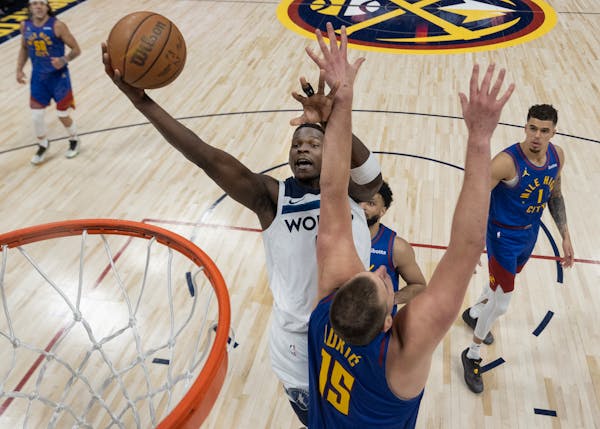Use native plants in your landscape. Sounds pretty straightforward. But with so much emphasis on food-growing gardens the past few years, it's sounds a little decadent to plant pretty flowers, almost like a guilty pleasure.
Yet that's what bees need. Lots and lots of flowers. Hopefully lots of native flowers that they are best adapted to for gathering nectar and pollen. Insects and plants that have evolved side by side have the best synergy when it comes to pollination. These plants have adapted in accordance to color, flower shape, bloom time, and the insects have adapted with their body parts, diet and reproductive cycles to benefit from each other.
So it sounds pretty easy, you just look for the native plant label and there you go. Well sort of.
Bee on native sunflower Photo by Rhonda Fleming Hayes
Whenever there's an opportunity marketers will find it. Lots of plants are labeled native, but in a country as broad and diverse geographically as America, you'll find not every plant can be native to every place in America. A plant native to Oregon might not be the best for a Minnesota bee. So when you're shopping online or in person, do a little google search on the side with that plant. Try to find plants local to the upper Midwest, and more so to Minnesota. That's not to say other plants will be of no value, but those plants will also have the best chance of surviving and thriving in our climate and growing zone. More plant labels and catalog descriptions are starting to identify bee-friendly plants.
So are all non-native plants bad for bees? Not necessarily. There are lots of "exotics", plants that have been brought here from other countries that flourish in our state that bees find attractive. You have to go no further than Minnesota favorites like lilacs and hostas for example. But do avoid "double" flower forms and sterile versions of bedding plants and ornamentals that have little to no food value left in them.
A great way to figure out what bees like is to go looking for bees. What do they seem to go for? Bees do well when they have different flowers blooming as the season progresses. Bees benefit from large swaths of the same flower so they don't have to spend as much energy foraging.
Now after all this, some people still don't want to use native plants. They say they're weedy looking or invasive. Not necessarily. There are design strategies for dealing with these objections, like using some straight lines, employing traditional plant spacing, choose clumping forms, and limiting the number of species. For more detailed ideas I highly recommend the Landscaping with Native Plants of Minnesota by Lynn Steiner.
Still have questions about using native plants in the landscape? Feel free to comment or email through The Garden Buzz.

WWE releases Gable Steveson, closing a chapter for former Gophers sensation

Star Wars superfans celebrate May 4th with ritual movie marathons, blue milk, costumes and community

St. Paul's Arborators play in the treetops: 'We're the world's only tree-climbing brass band'
Carver County deputies shoot man armed with knife outside Chanhassen home

